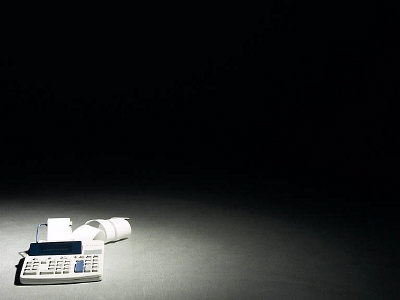What to do if you Exceed the Pension Annual Allowance
Published / Last Updated on 30/11/2018

What should you do when you exceed the Pensions Annual Allowance, be that the normal £40,000 limit or you have a reduced Tapered Annual Allowance?
Your employer may offer you continued pension payments and your then face an Annual Allowance Tax Charge penalty or reduced pension payments and your employer pays you in additional salary or bonus.
We take a look at the options of either £100 into Pension or ‘£100’ Paid Bonus (after additional employers NIC allowance 13.8%) i.e. Employer pays employee Bonus of £88 + additional Employers NIC £12 = £100 total spend.
If Pension Contributions:
The employee is liable to annual allowance tax charge whether it is employer or employee contribution. In some cases you can ask the pension scheme trustees to pay the tax charge i.e. “Scheme Pays” but in many cases, employee will pay the tax charge at their highest rate of tax.
Basic Rate Tax Payer: £100 paid into pension less £20 tax charge – net benefit in £80.
- If then you drawdown that £100 pension next day using pensions flexible drawdown. £25 is tax free, £75 taxable at 20% = £60 net, in your pocket £85 (£25+£60) but you have already paid £20 tax charge, so the real net benefit = £65.
Higher Rate Tax Payer: £100 paid into pension less £40 tax charge – net benefit in £60.
- If drawdown that £100 pension next day. £25 tax free, £75 taxable at 40% = £45 net, in pocket £70 (£25+£45) but already paid £40 tax charge, so real net benefit = £30.
- If however, drawdown that £100 pension next week but you have now retired and fallen into basic rate tax bracket: £25 tax free, £75 taxable at 20% = £60 net, in your pocket £85 (£25+£60) but you have already already also paid £40 tax charge, so the real net benefit = £45.
Additional Rate Tax Payer: £100 paid into pension less £45 tax charge – net benefit in £55.
- If drawdown that £100 pension next day. £25 tax free, £75 taxable at 45% = £41.25 net, in pocket £66.25 (£25+£41.25) but already paid £45 tax charge, so real net benefit = £21.25.
- If however, drawdown that £100 pension next week but you have now retired and fallen into basic rate tax bracket: £25 tax free, £75 taxable at 20% = £60 net, in your pocket £85 (£25+£60) but you have already also paid £45, so the real net benefit = £40.
How is the Annual Allowance Tax Charged Collected?
This can either be by the pension scheme refunding any tax relief to HMRC if you paid in perosnally (if not too late) or it will by by a tax bill settles by you on completion of your self assessment return for either excess employer contributions or your own (unless of course you have secured a "Scheme Pays" arrangement where the pension scheme trustees pay the tax charge).
Alternative: If Pay Employee £88 + Employers NIC £12 = £100 total.
- Basic Rate Tax Payer: £88 gross pay taxable at 20% = £70 net then less a 2% employees additional NIC (2% X 88) i.e. £1.76, this means the real net benefit is £68.24.
- Higher Rate Tax Payer: £88 gross pay taxable at 40% = £52.80 net then less a 2% employees additional NIC (2% X 88) i.e. £1.76, this means the real net benefit is £51.04.
- Additional Rate Tax Payer: £88 gross pay taxable at 45% = £48.40 net then less a 2% employees additional NIC (2% X 88) i.e. £1.76, this means the real net benefit is £46.64.
Guidance
In our opinion, if you do not have long to go before retirement, then in most cases you may be better off taking the additional pay rather than pension contribution, if the employer will permit it. Could this mean the employer will then get caught for holiday pay, redundancy pay, sick pay on the higher amount?
If it is longer term to retirement then you may consider a pension contribution a better option with long term, tax free growth potential over the years rather than taking as pay and pay tax today. In addition, if you pass away prematurely, your loved ones may inherit the pension fund tax free.